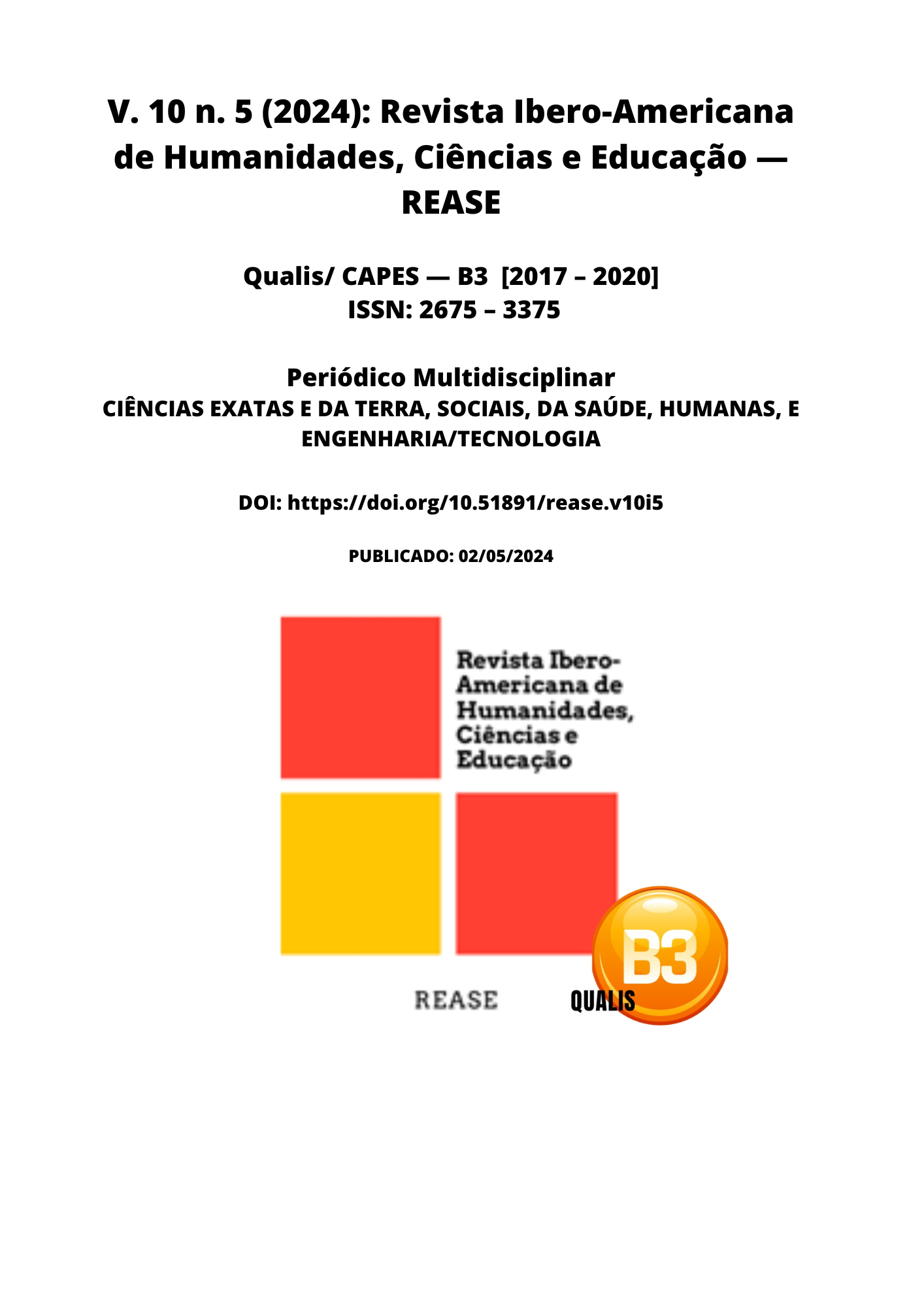CÓMO PUEDE AYUDAR LA RESONANCIA MAGNÉTICA EN EL DIAGNÓSTICO NO INVASIVO DE PACIENTES CON TRAYECTORES CARDÍACOS
DOI:
https://doi.org/10.51891/rease.v10i5.13808Palabras clave:
Resonancia magnética. Enfermedades cardiovasculares. Miocardiopatías. Estrés farmacológico. Mapa paramétrico.Resumen
La resonancia magnética (RM) es un método de obtención de imágenes que utiliza un campo magnético para desalinear los protones de hidrógeno presentes en el cuerpo humano. Por tanto, el dispositivo de resonancia magnética emite un pulso de radiofrecuencia que será el encargado de desalinear los protones H+. Al finalizar el pulso generado y se deshace el campo magnético, los protones regresan a su posición inicial, generando energía que será captada por la antena del dispositivo y transmitida a las computadoras, proporcionando las imágenes deseadas. Por lo tanto, este método se ha utilizado con mayor frecuencia para diagnosticar tempranamente enfermedades cardiovasculares y facilitar los procedimientos. Para ello se han utilizado nuevas técnicas para obtener imágenes más precisas y detalladas. De estas técnicas destaca el uso de mapas paramétricos, una valoración cualitativa de un mismo segmento cardíaco en diferentes puntos y con modulaciones variables.
Descargas
Descargas
Publicado
Cómo citar
Número
Sección
Categorías
Licencia
Atribuição CC BY

